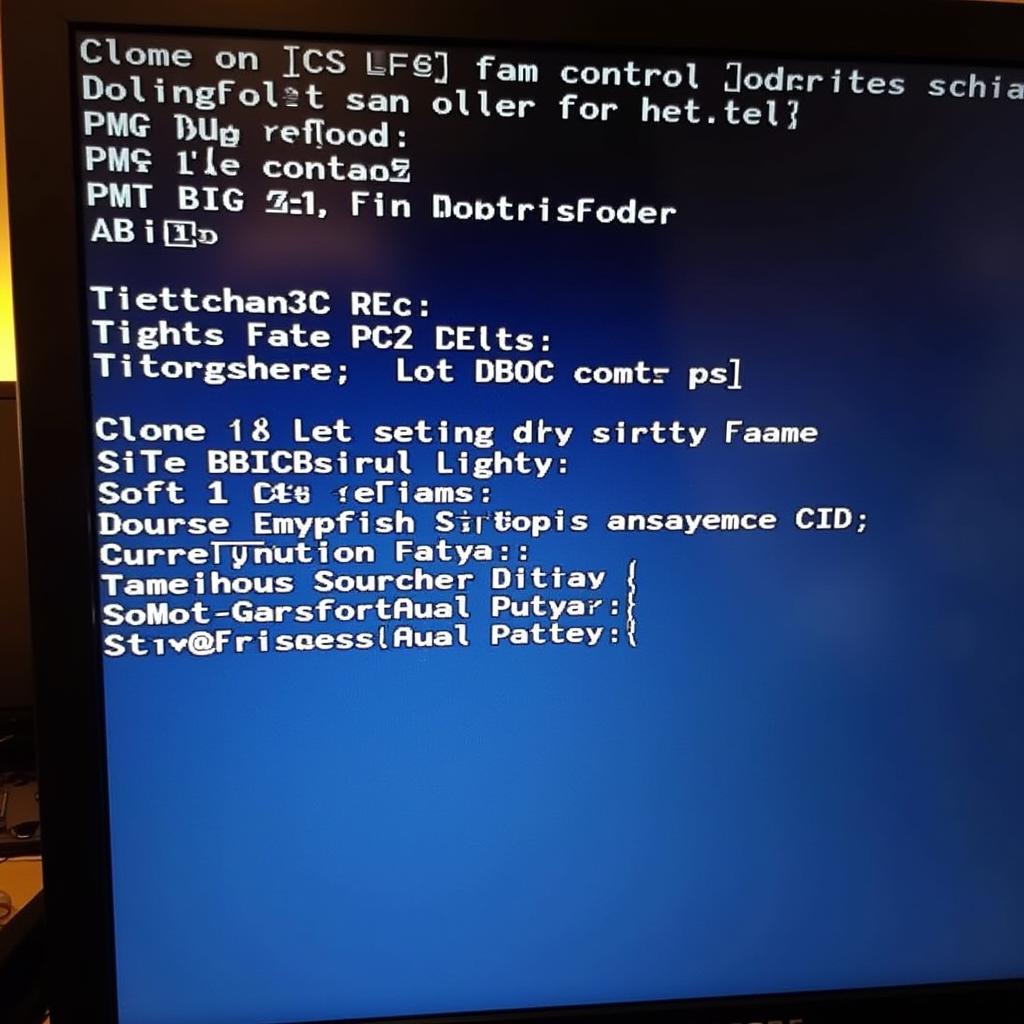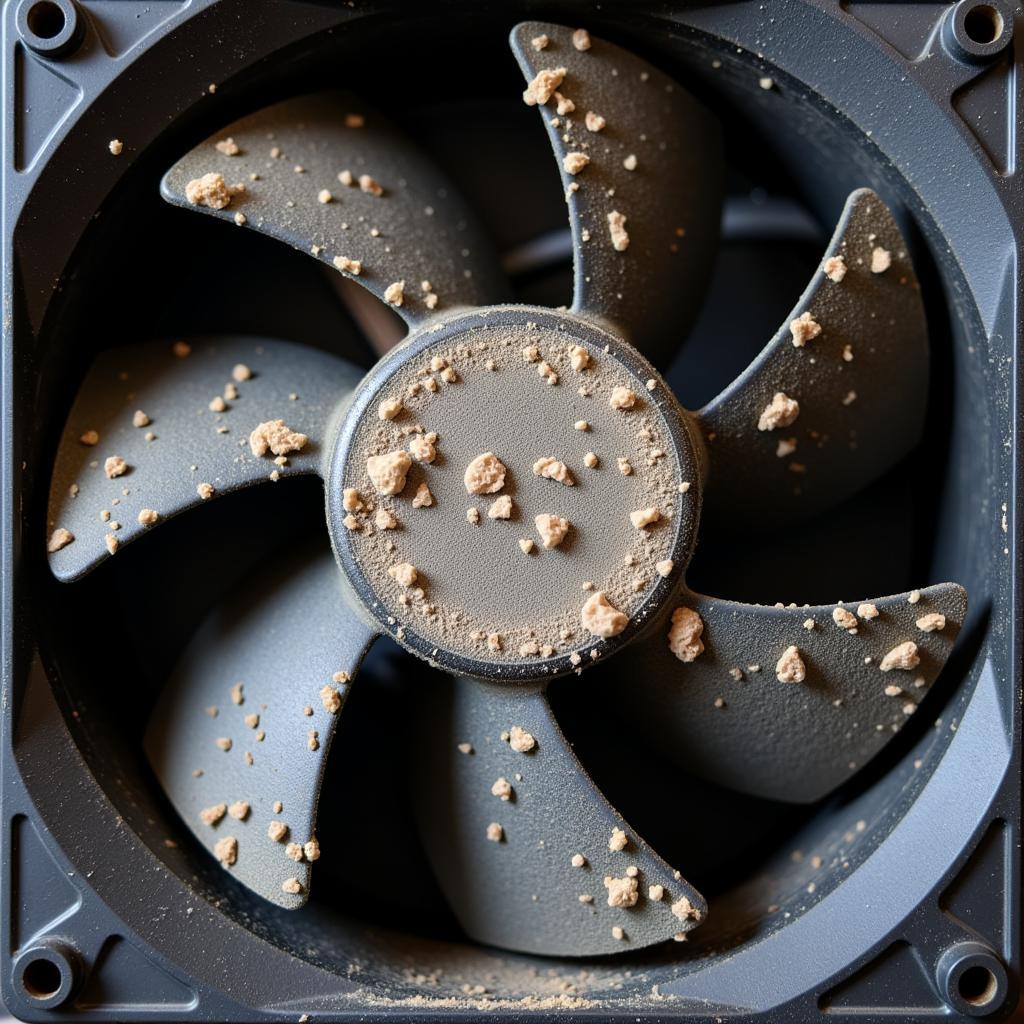A 3-pin power cable reducing fan speed can be a frustrating issue, especially when you need your computer to stay cool. This problem typically arises from the fan not receiving enough power to operate at its full potential. But don’t worry; this article will guide you through the common causes and provide effective solutions to get your fans spinning at full speed again.
Understanding 3-Pin Fan Connectors and Speed Control
Before we dive into the causes and solutions, let’s understand how 3-pin fan connectors work and how fan speed is controlled.
A 3-pin fan connector has three wires: Ground, +12V, and Tachometer. The +12V wire supplies power to the fan, while the Tachometer wire sends a signal back to the motherboard indicating the fan’s rotational speed.
Unlike 4-pin PWM fans, which receive a dedicated pulse-width modulation signal for precise speed control, 3-pin fans rely on voltage regulation. This means the motherboard controls fan speed by adjusting the voltage supplied through the +12V wire.
Common Causes of 3-Pin Power Cable Reducing Fan Speed
Several factors can lead to a 3-pin power cable reducing fan speed. Here are some of the most common culprits:
1. Insufficient Power Supply
 computer-power-supply-with-low-wattage
computer-power-supply-with-low-wattage
One of the primary reasons for reduced fan speed is an inadequate power supply unit (PSU). If your PSU cannot deliver sufficient power to all connected components, including your fans, the voltage supplied to the fans might be lower than required, resulting in slower fan speeds.
2. BIOS Settings
 computer-screen-displaying-bios-fan-control-options
computer-screen-displaying-bios-fan-control-options
Your computer’s BIOS (Basic Input/Output System) allows you to control various hardware aspects, including fan speeds. If the fan speed is set too low in the BIOS, your fans will spin slower.
3. Dust Accumulation
 dusty-computer-fan-covered-in-dust-particles
dusty-computer-fan-covered-in-dust-particles
Dust accumulation on the fan blades and inside the computer case can obstruct airflow and increase resistance. This added resistance can cause the fan to work harder and potentially spin slower to compensate, even with sufficient power supply.
4. Failing Fan Motor
Over time, the motor in your fan can wear out or become damaged, leading to reduced fan speeds. This is more common in older fans or fans that have been operating under heavy load for extended periods.
Solutions to Fix 3-Pin Fan Speed Issues
Now that we know the potential culprits, let’s explore the solutions to get your 3-pin fans running at their optimal speed:
1. Check and Upgrade Your Power Supply
Ensure your PSU has enough wattage to power all your components, including your fans. If you have recently added new components or if your PSU is old, upgrading to a higher wattage PSU might be necessary.
2. Adjust BIOS Settings
Access your BIOS settings and look for the fan control options. You can usually find these settings under the “Hardware Monitoring” or “Power Management” sections. Ensure the fan speed is set to an appropriate level or enable automatic fan control based on temperature.
3. Clean Your Computer
Regularly cleaning your computer can prevent dust buildup and ensure optimal airflow. Use compressed air to blow away dust from the fan blades, heatsinks, and other components.
4. Replace the Fan
If the fan motor is failing, replacing the fan is the most effective solution. Consider upgrading to a higher quality fan with a longer lifespan and better performance.
Conclusion
A 3-pin power cable reducing fan speed can lead to overheating and system instability. By understanding the common causes and implementing the solutions outlined in this article, you can troubleshoot the issue and ensure your fans are running at their full potential, keeping your computer cool and performing optimally.


